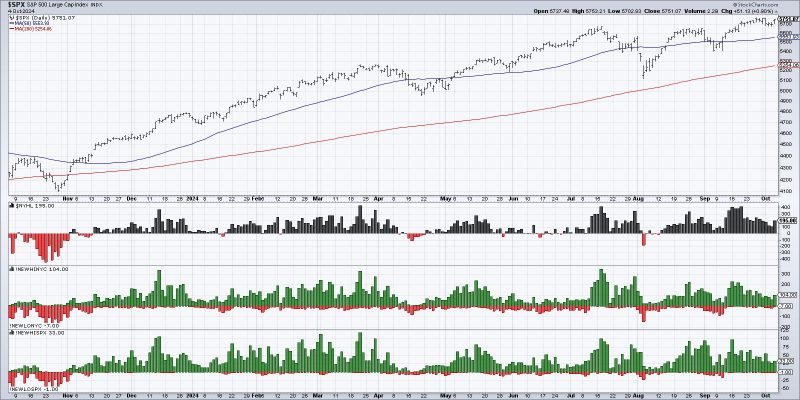The concept of market breadth in finance is a crucial indicator of the health and sustainability of market movements. Market breadth essentially measures the overall participation of stocks in a particular market trend or movement. In simpler terms, it assesses the number of stocks advancing versus those declining.
Typically, market breadth is categorized into two main components: the advance-decline line and the advance-decline ratio. The advance-decline line reflects the net difference between advancing and declining stocks over a specific time period, often on a daily basis. On the other hand, the advance-decline ratio compares the number of advancing stocks to the number of declining stocks.
One of the primary advantages of analyzing market breadth is its ability to provide valuable insights into the underlying strength or weakness of a market trend. A market with strong breadth indicates that a larger percentage of stocks are participating in the upward movement, suggesting a more sustainable and healthy market trend. Conversely, weak market breadth, where only a limited number of stocks are driving the market higher, could potentially signify a fragile and unsustainable trend that may soon reverse.
Market breadth analysis is particularly useful for identifying potential market turning points. For instance, if the broader market indices are reaching new highs, but market breadth is weakening with fewer stocks participating in the rally, it could signal a forthcoming correction or reversal in the overall market trend. In such cases, investors and traders may exercise caution or adjust their portfolios accordingly.
Moreover, market breadth analysis can also help investors assess sector rotations within the market. By examining the breadth of various sectors or industries, investors can gain insights into which sectors are leading or lagging in a particular market environment. This information can be valuable for making informed investment decisions and positioning portfolios strategically.
In conclusion, monitoring market breadth is an essential practice for investors and traders seeking to have a comprehensive understanding of market dynamics and trends. It offers valuable insights into the participation levels of stocks in a market movement, indicating the strength or weakness of the trend. By paying attention to market breadth indicators, market participants can better navigate market conditions and potentially identify profitable opportunities while managing risks effectively.
